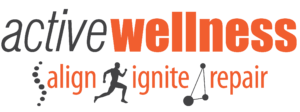Dynamic Neuromuscular Stability (DNS)
Dynamic Neuromuscular Stability, or DNS, is a manual and rehabilitative approach to optimize the movement system of the body. Stimulating the body’s control can increase stability for safe and functional movement. Activating the stabilizing system to function itself is important to have effective movement. This is often compared with core stability.
Manual therapy to the integrated stabilizing system of the body can help active the system and increase control. This impacts the locomotor system stabilization, to optimize movement.
Pavel Kolar organized this group of clinical protocols that are designed to restore and stabilize locomotor function. DNS is an encompassing strategy for many therapies to increase such stabilization of the body.
Individual therapies and approaches of many have been woven together. The exercises and advanced positions of DNS, from Developmental Kinesiology, have been used to treat and train world-class athletes.
The scope of DNS is quite broad with focus on sport, orthopedics, gastrointestinal issues, and right down to individual topics such as women’s health and pediatrics. This is possible due to the global reactions elicited in DNS treatment, where a single therapeutic measure will affect several body systems and dysfunctions.
DNS moves away from isolated treatment of joints, muscles, and nerves while encompassing those treatments into a global approach. DNS looks at an injury or performance deficit as a window into a chain or system of dysfunction that can be quickly mended.

